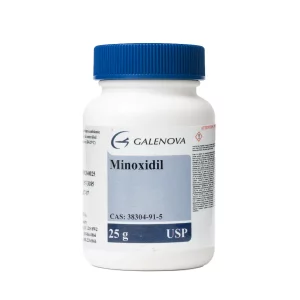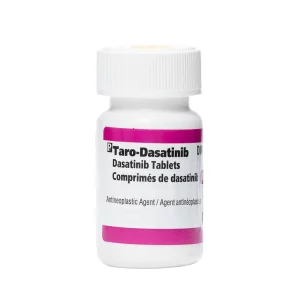Your cart is empty.
Your cart is empty.
Ozempic has received dual approval for managing type 2 diabetes and supporting weight loss, with Ozempic’s dosage varying depending on the specific condition being treated and the individual’s response. There is growing interest in Ozempic among individuals focused on longevity, metabolic health, and proactive wellness.
This article aims to explain the Ozempic mechanism of action in simple, accessible terms and touch briefly on advantages, such as Ozempic’s cardiovascular benefits. Please note that this article does not provide information on where to “shop Ozempic,” as purchasing decisions should be made in consultation with healthcare professionals.

GLP-1 (glucagon-like peptide-1) is a naturally occurring hormone that regulates blood sugar levels and appetite. It is released in response to food intake and stimulates insulin secretion while inhibiting glucagon release, helping to maintain glucose balance. A GLP-1 receptor agonist is a type of medication designed to mimic the effects of GLP-1, offering therapeutic benefits for individuals with type 2 diabetes and obesity.
Ozempic (semaglutide) is a GLP-1 receptor agonist that acts like the natural hormone but has been engineered to last much longer in the body. Its extended half-life allows for once-weekly dosing, making it a convenient option for patients. By activating GLP-1 receptors, Ozempic helps improve blood sugar control and supports weight loss, offering a dual benefit for metabolic health.
Ozempic’s primary role in diabetes management is to enhance glycemic control. It achieves this through several mechanisms:
These actions collectively make Ozempic a powerful tool for managing type 2 diabetes. Its ability to target multiple pathways ensures comprehensive blood sugar regulation, which is a key part of Ozempic’s mechanism of action.
Ozempic’s impact extends beyond blood sugar control—it also plays a significant role in appetite regulation and weight management. By acting on GLP-1 receptors in the brain, Ozempic influences hunger signals, leading to:
Clinical studies have demonstrated substantial weight loss in both diabetic and non-diabetic users. This dual benefit of blood sugar control and weight reduction makes Ozempic a valuable option for individuals seeking comprehensive metabolic improvements.

Ozempic’s unique ability to bind to GLP-1 receptors in the brain and gut highlights its role in the gut-brain axis—a communication pathway regulating hunger and satiety. By activating these receptors:
This dual mechanism supports metabolic and neurological wellness, making Ozempic an innovative solution for managing diabetes and obesity. Understanding this mechanism of action for Ozempic is crucial for appreciating its broader benefits.

Emerging research suggests that GLP-1 receptor agonists like Ozempic may offer benefits beyond diabetes and weight loss. Early findings indicate that these medications could help reduce chronic inflammation—a key factor in aging and many chronic diseases. By lowering inflammation, Ozempic may contribute to:
These potential benefits have sparked interest among biohackers and longevity-focused practitioners, positioning Ozempic as a promising tool for optimizing long-term health.
Knowing how a medication works is essential for patients and healthcare providers alike. Understanding Ozempic’s mechanism of action helps:
For individuals using Ozempic, understanding its mechanisms is vital to achieving optimal results and maintaining long-term health.
Ozempic mimics the GLP-1 hormone to regulate blood sugar, reduce appetite, and slow digestion.
Ozempic activates GLP-1 receptors in the brain to help control hunger and reduce food intake, as well as in other parts of the body.
Ozempic’s effects last about one week, so it’s dosed weekly.
Yes, but the therapeutic goal shifts — either glucose control or appetite suppression.
Early research is promising but not yet conclusive; it may play a role in reducing inflammation markers.


Minoxidil 25mg - Oral vasodilator for blood pressure management. Cardiovascular foundation support, pharmaceutical-grade standards, expert monitoring required.

Acarbose 50mg 120 Tablets - Gentle introduction to glucose control. Three-times daily with meals, precision-formulated tablet strength.

Dasatinib 20mg 60 Tablets - Flexible pediatric-strength dosing option. USP standards compliance, anytime administration, gradual increase capability.
Unlock savings on bundles and elevate your online experience today!